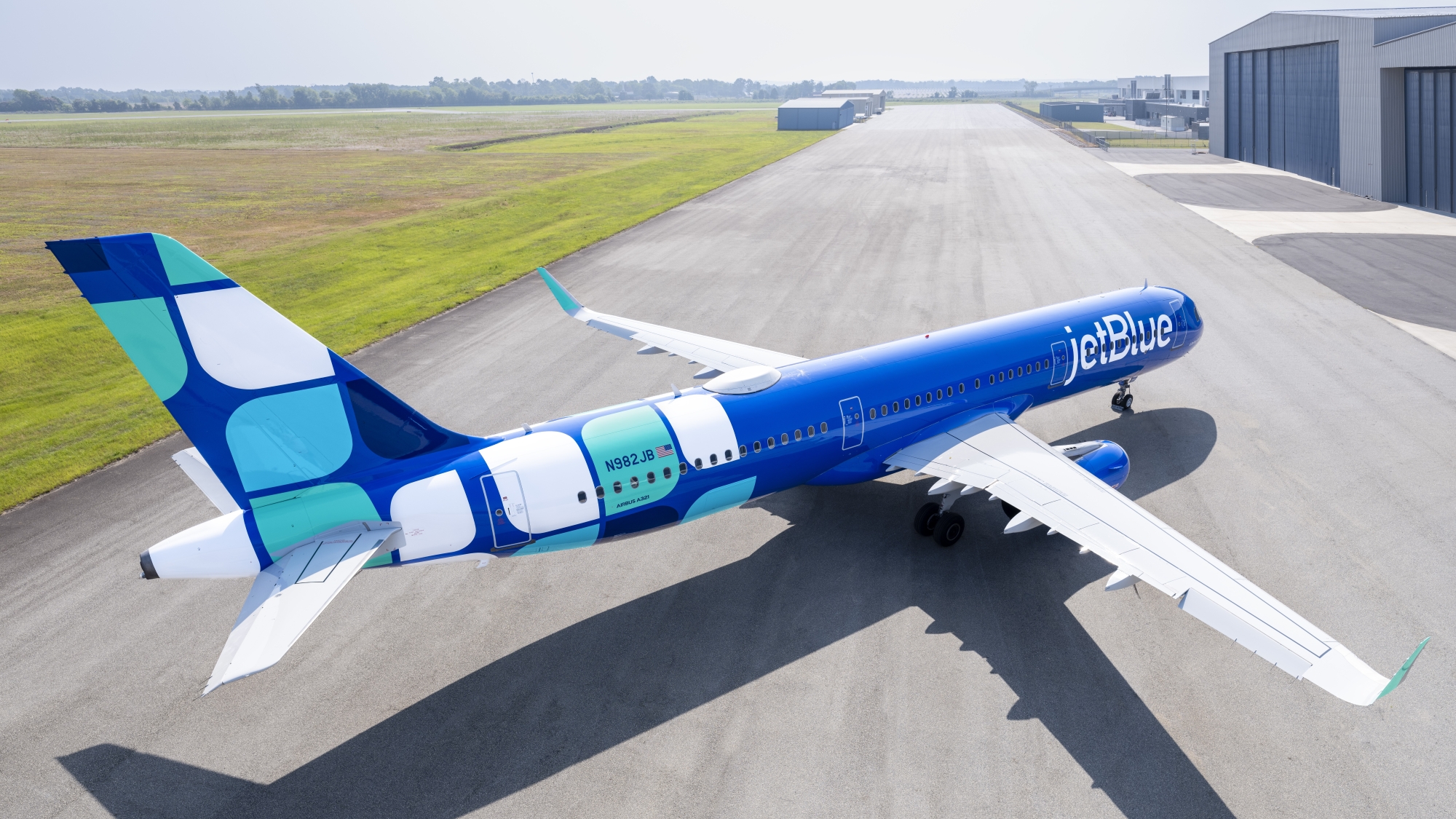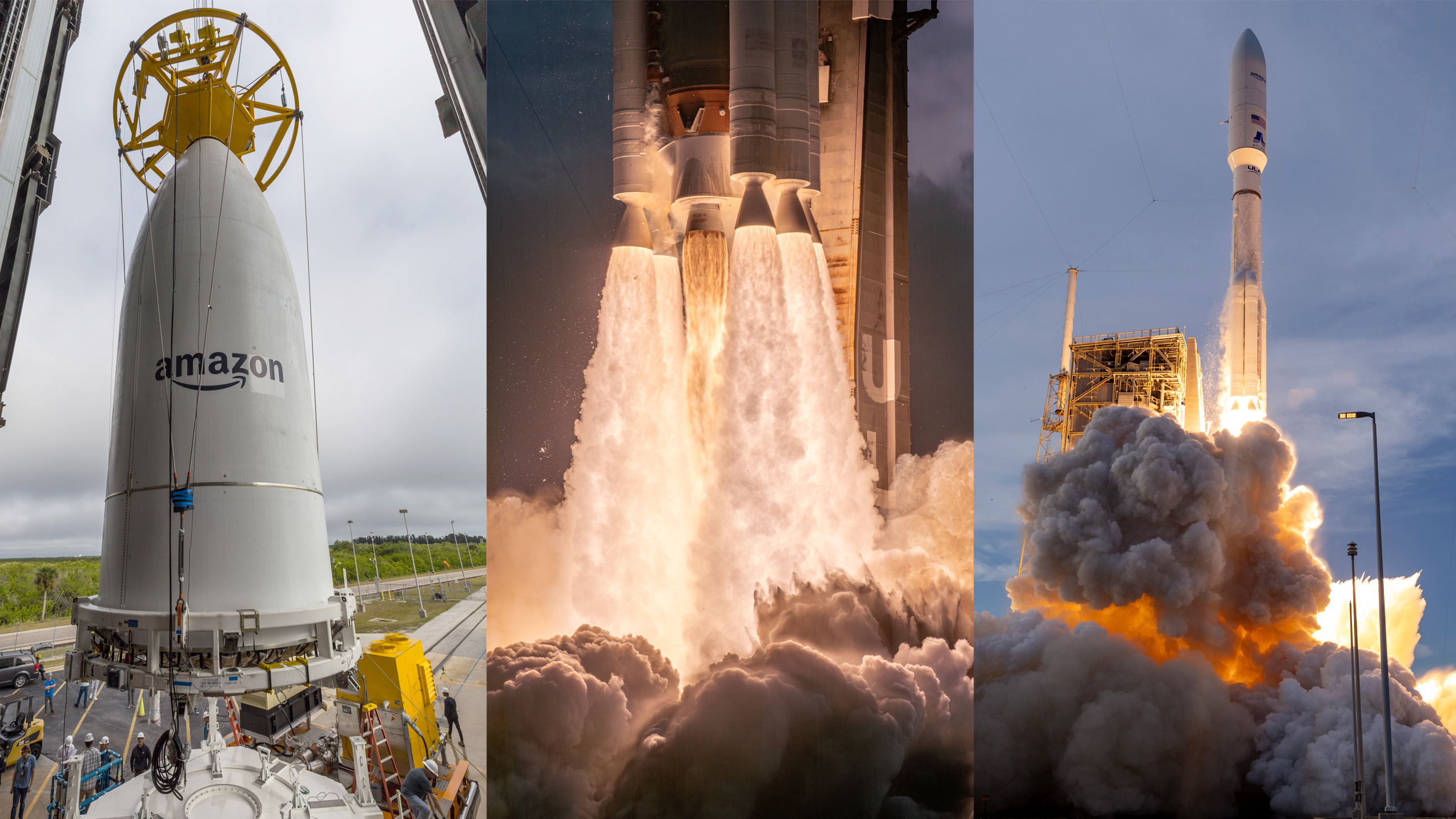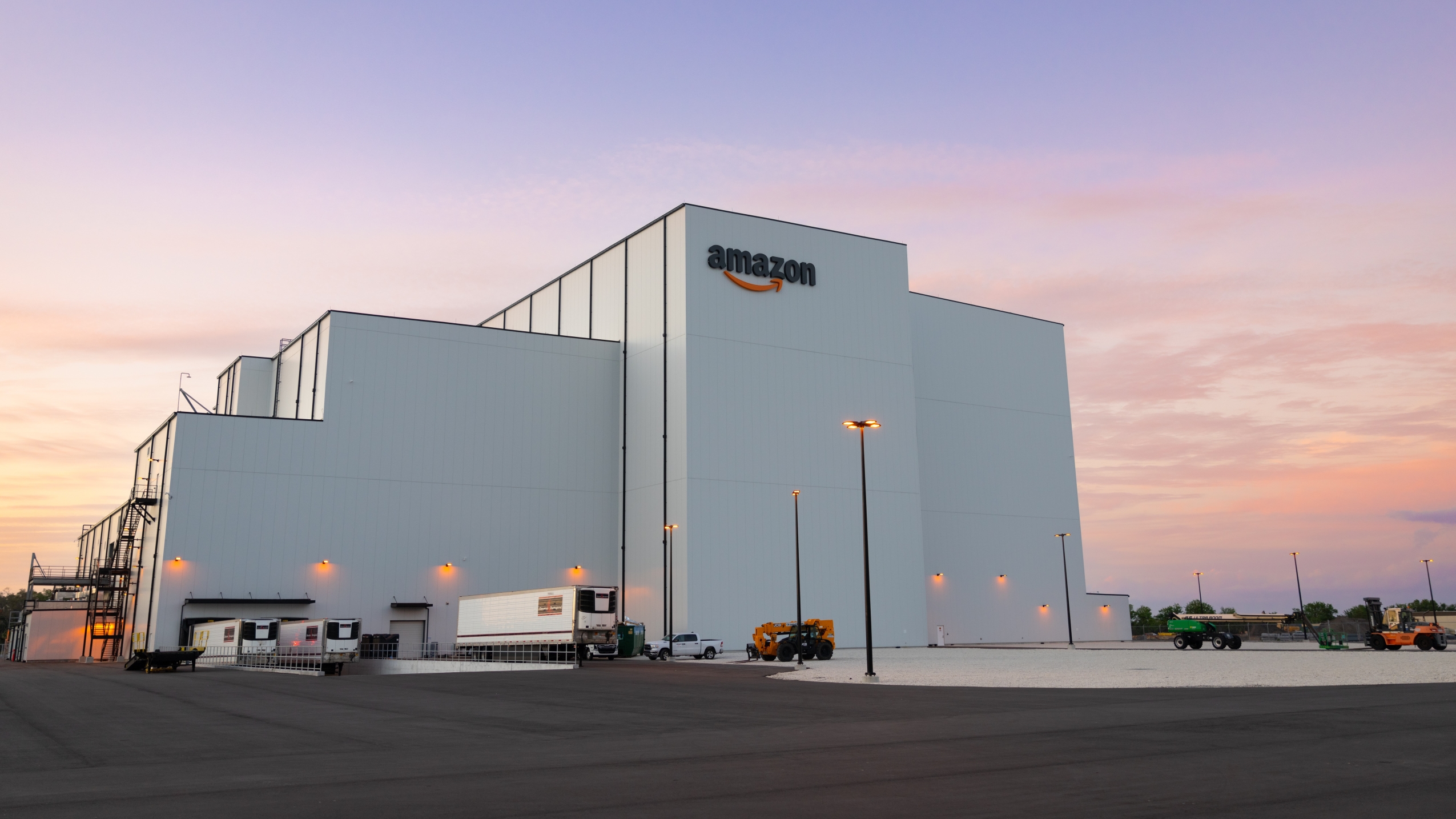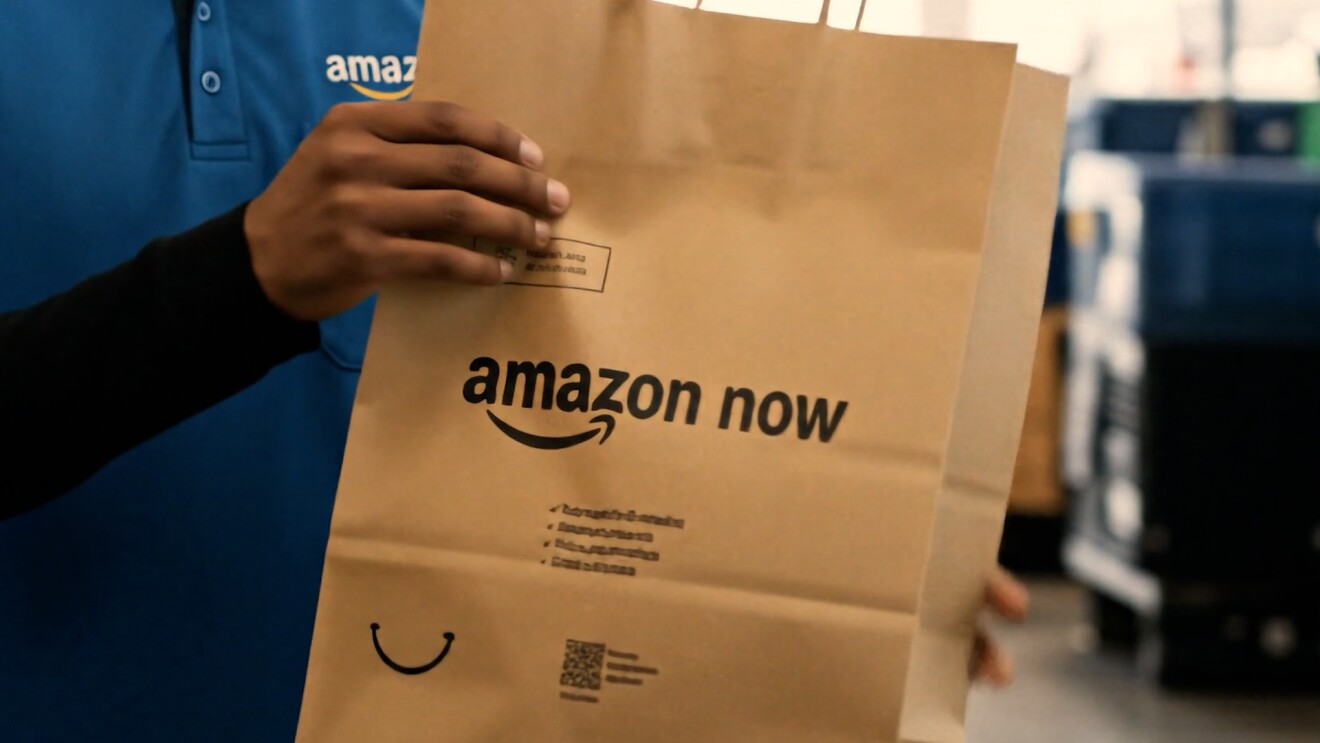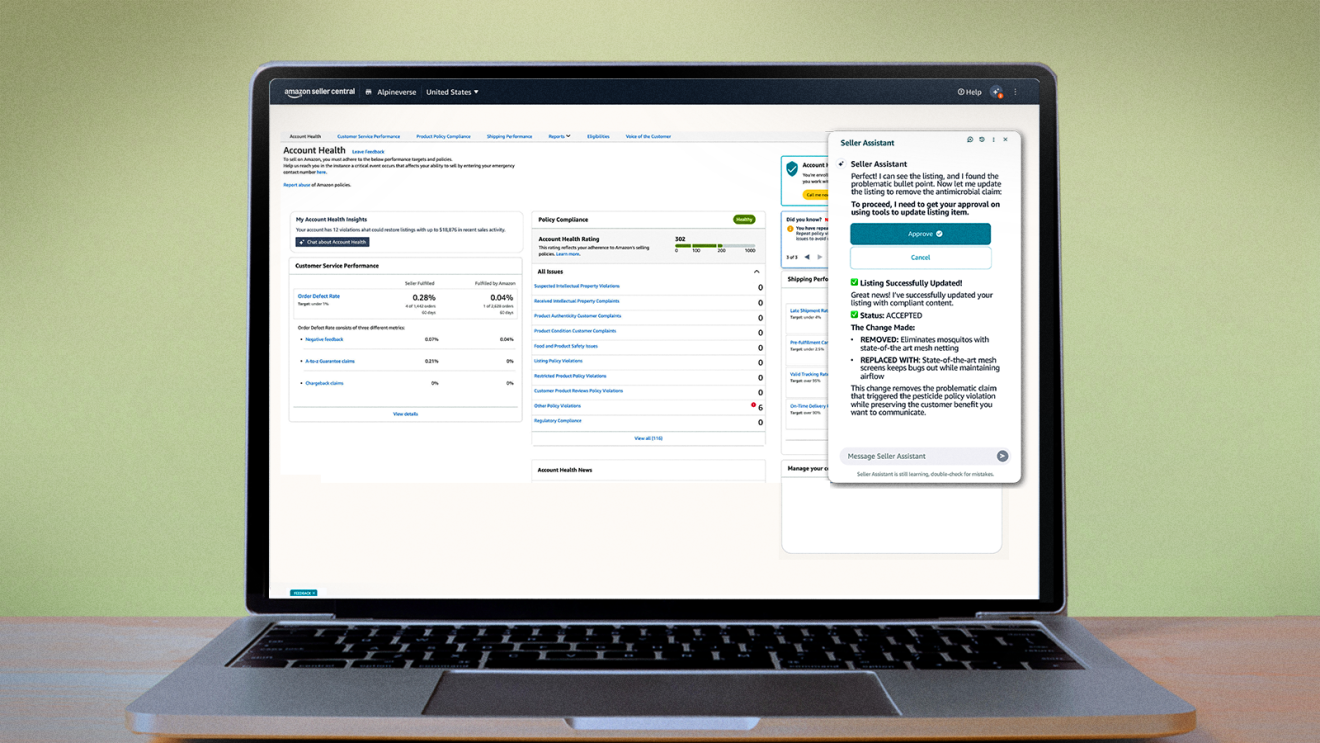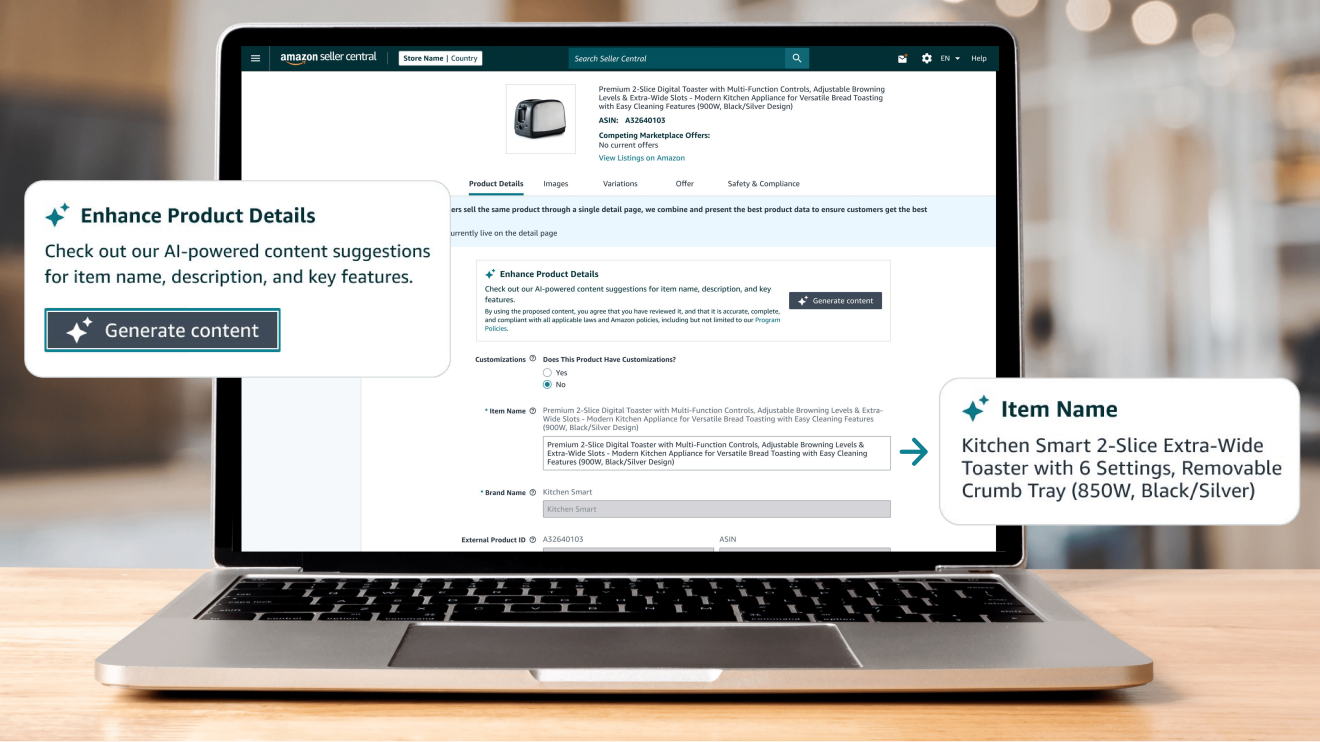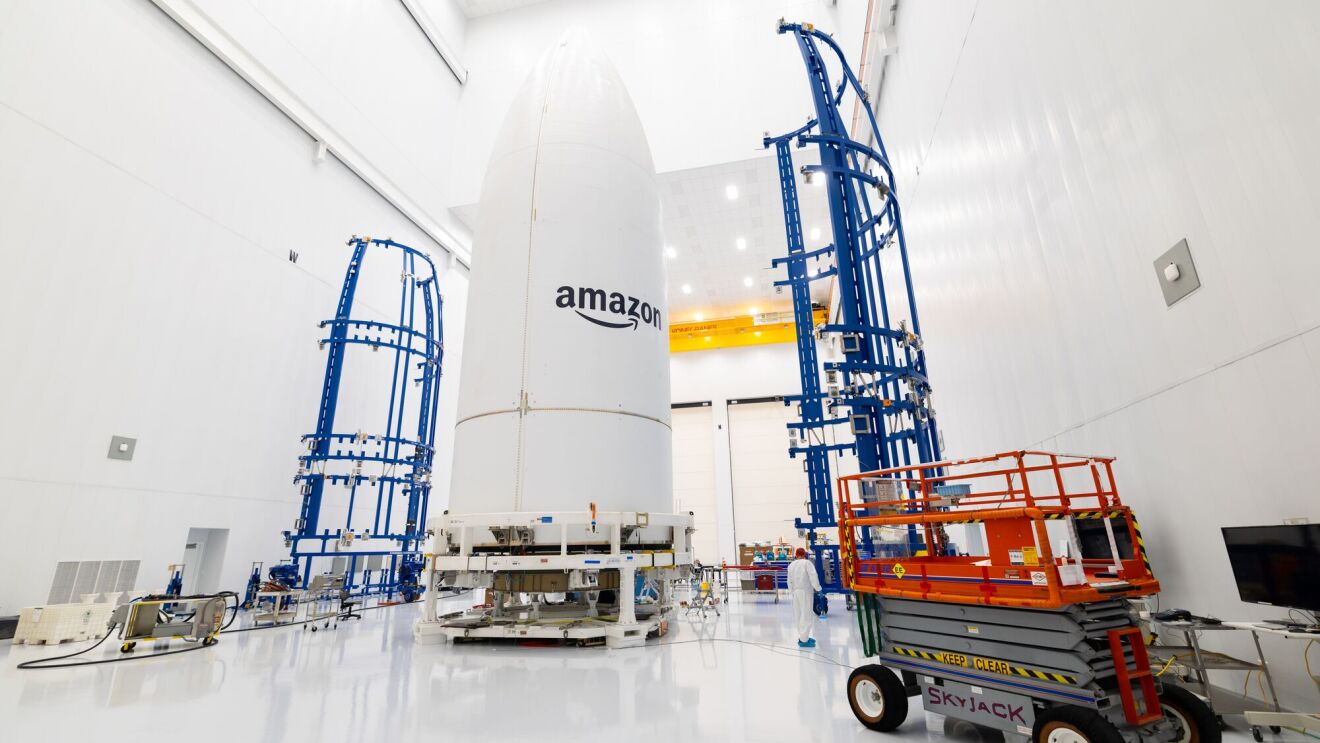Key takeaways
- JetBlue will be the first airline to implement Amazon's Project Kuiper satellite technology, enhancing its free Fly-Fi service starting in 2027.
- Project Kuiper's low Earth orbit satellites circle the planet, providing lower latency and more reliable service than traditional satellite systems.
- Project Kuiper’s aviation-grade customer terminal can support streaming and other bandwidth intensive activities during flight.
Project Kuiper, Amazon’s low Earth orbit satellite network, has a simple mission: deliver fast, reliable connectivity to customers and communities around the world. The service will not only reach a wide range of customers on the ground—from residential households to schools, hospitals, businesses, and emergency services—but it will also improve connectivity for planes, ships, and other vehicles traveling beyond the reach of traditional networks.
JetBlue is the first airline with plans to bring Amazon's satellite internet network to its commercial airline customers. The collaboration will enhance in-flight connectivity, enabling travelers to better stream, scroll, and share while flying JetBlue.
Fly-Fi, powered by Project Kuiper, leads onboard connectivity
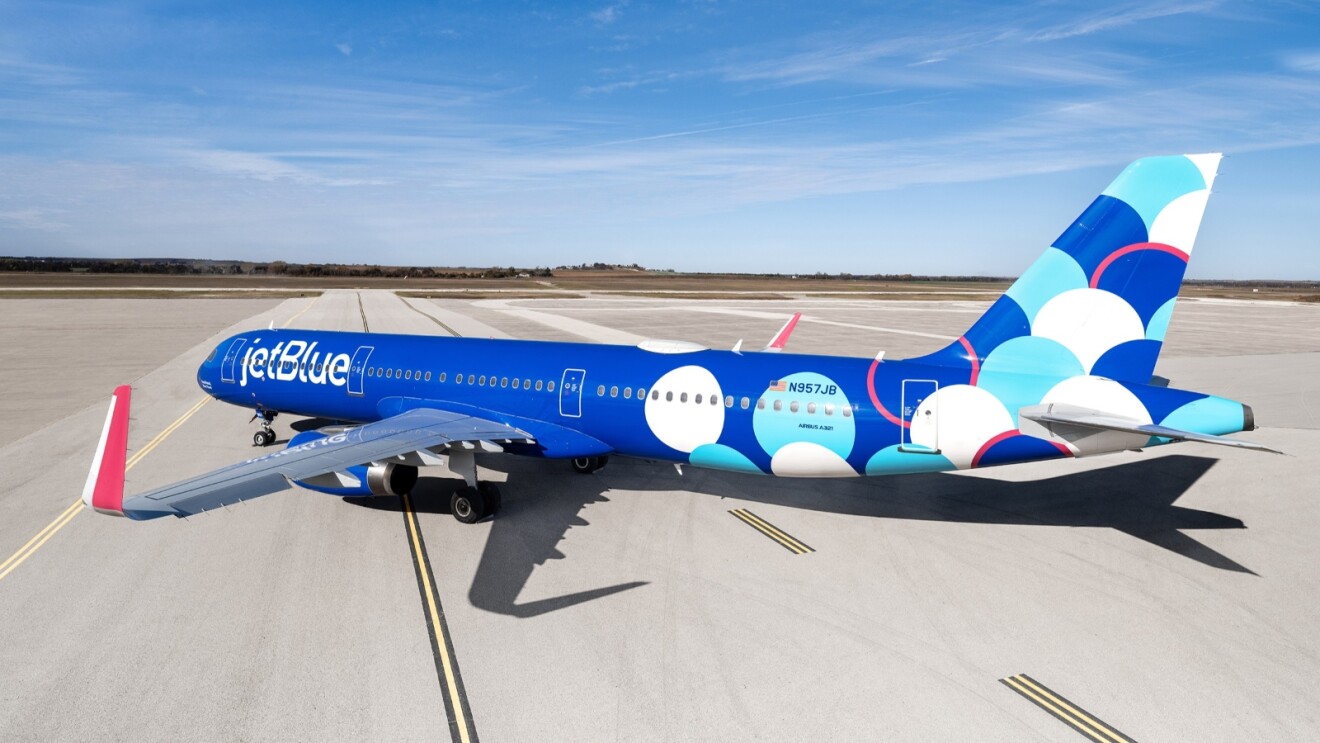
Under the agreement, JetBlue will implement Project Kuiper's low Earth orbit satellite technology on select aircraft beginning in 2027. JetBlue introduced free high-speed Wi-Fi with its Fly-Fi service in 2013 and will continue offering complimentary connectivity to all customers with the Kuiper-powered system.
"Our agreement with Project Kuiper marks an exciting leap forward for us as the hands-down leader in onboard connectivity," said Marty St. George, president of JetBlue. "Whether it's binge-watching a favorite show, staying connected with loved ones, or wrapping up a work project, we're always looking for ways to make our customers' time in the air as connected and productive as they want it to be."
The demand for in-flight Wi-Fi has increased in recent years as the use of streaming services, social media, and cloud platforms among travelers has climbed.
"Staying connected is part of everyday life, even when you're traveling," said Panos Panay, senior vice president of Amazon Devices & Services. "With Project Kuiper, we're working to ensure you have a high-speed connectivity experience wherever you are—at home or 35,000 feet in the air."
The in-flight experience is even more reliable
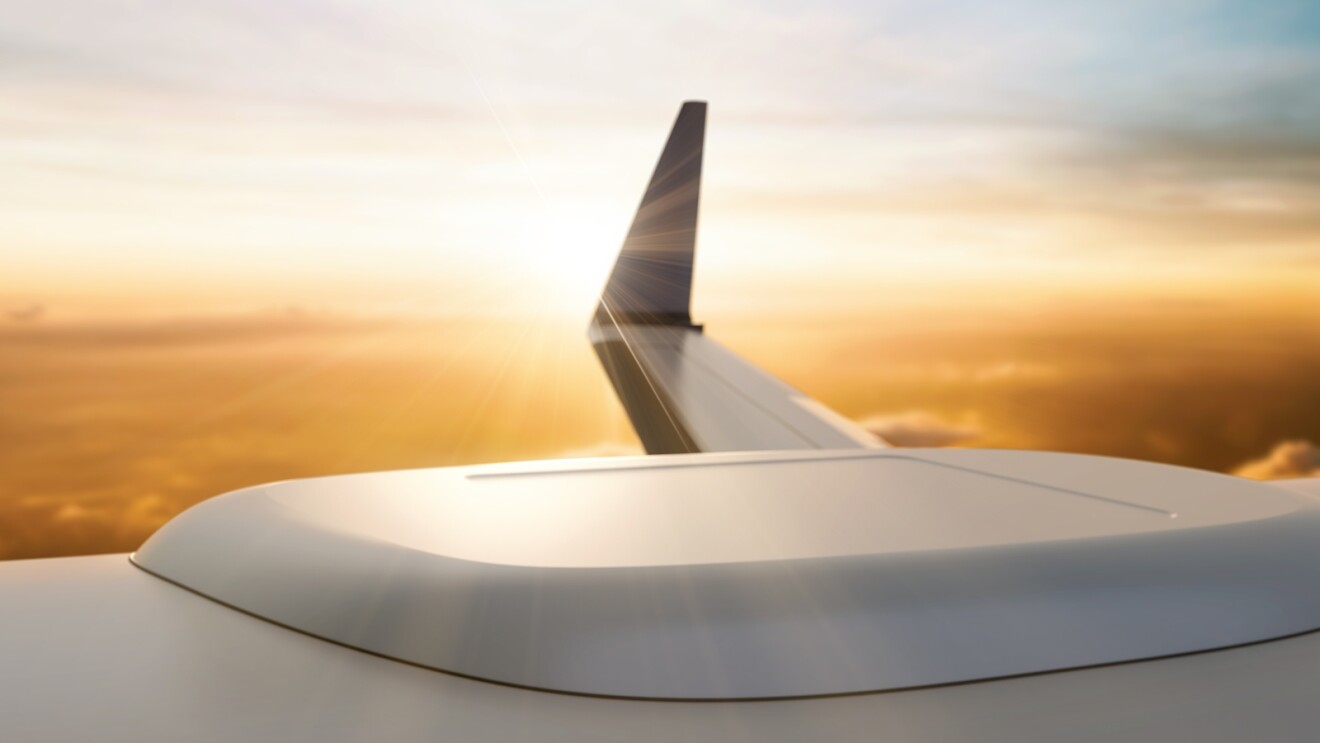
Unlike traditional geostationary satellites that orbit approximately 22,369 miles (36,000 km) above the planet, low Earth orbit systems operate at much lower altitudes. In the case of Kuiper, satellites orbit between 367 and 391 miles (590 and 630 km) above Earth, which translates to lower latency and more reliable service for travelers on board.
Project Kuiper also represents a step forward for low Earth orbit systems serving the aviation industry. Our aviation-specific customer terminal is based on our most powerful Kuiper terminal—a full-duplex, Ka-band phased array antenna that can support download speeds up to 1 Gbps on a single device. With best-in-class downlink and uplink performance, our aviation antenna will provide substantial bandwidth for streaming and other data-intensive activities.
Beyond JetBlue, Amazon recently signed an agreement with European plane maker Airbus to integrate Project Kuiper's connectivity solution into their aircraft catalog. As Amazon expands the Kuiper constellation for its commercial launch, this partnership with JetBlue represents a significant step in bringing improved satellite internet to travelers—supporting Amazon's vision to keep customers on planes connected, no matter where they’re headed.
With four rocket launches in four months, Amazon now has more than 100 Kuiper satellites in orbit, and we’re continuing to accelerate our production, processing, and deployment rates. Our goal is to begin delivering service to our first customers later this year, and to roll out more widely as we add coverage and capacity to the network.
On November 13, 2025, Project Kuiper was renamed as Amazon Leo.
